What is spinal stenosis?
Spinal stenosis is a common condition that is defined as the narrowing of the spinal canal. This narrowing can put pressure on the nerves that travel through the spine, which can cause neurological symptoms. These symptoms may include pain, numbness, muscle weakness, and/or paresthesia (pins and needles). The most common location is in the neck and lower back.
The primary cause of stenosis is typically age-related degenerative changes. The soft tissues and bones in the spine can harden or become overgrown. The discs between the vertebrae can bulge or the ligaments within the canal can thicken. These degenerative changes can narrow the spaces around the spinal cord resulting in spinal stenosis.
Not all people with spinal stenosis have symptoms associated with this condition. Generally, however, for those that develop symptoms, the symptoms will begin insidiously. Patients initially complain of fluctuating pain which becomes more consistent with time.
Diagnosis
Official diagnosis of spinal stenosis requires an MRI or CT scan. However, we can often reduce the symptoms of presumed spinal stenosis with physical therapy and medications, therefore, avoiding an MRI.
If the patient’s symptoms do not resolve with conservative treatments or with progressive neurologic symptoms, an MRI may be warranted. The MRI can help determine where the stenosis is located giving the physician more direction on how to treat the symptoms.
How we treat spinal stenosis
At Pain Diagnostics and Interventional Care, we take a multimodal approach to helping patients live with spinal stenosis that may include non opioid medications, physical therapy in conjunction with minimally invasive interventions (e.g. epidural steroid injection)
An epidural steroid injection (ESI) is a common treatment option for neck and low back conditions. It is a non surgical procedure where steroids are injected into the epidural space of the spine. The goal is to decrease inflammation in the area. Reducing the inflammation around the surrounding nerves can reduce the symptoms that patients experience radiating into the arms or legs. It is a minimally invasive procedure with a strong safety profile. The length of relief varies based on the degree of stenosis.
Epidural steroid injections can be performed up to 3 times in a 12 month period . If the injections are beneficial, they can be repeated.
If epidural steroid injections are not beneficial, other treatments must be considered. Depending on the patient’s level of stenosis, surgical intervention may be required. Although conservative treatments are not a “cure” for the condition, many people are able to live with the condition with reduced symptoms and improvements in function
Contact form
Or just call (412) 221-7640 and we’ll do everything we can to help.
Across all review platforms
Dr. David Provenzano, a leading expert throughout the nation for treating patients who suffer daily from pain, uses advanced diagnostic techniques to assess the source of the pain and develop a comprehensive and safe treatment approach that can significantly reduce your pain.

